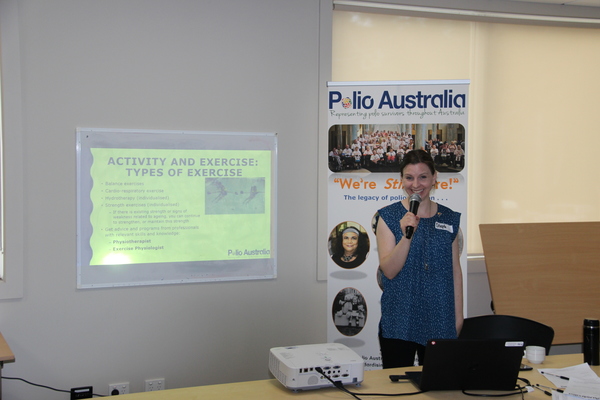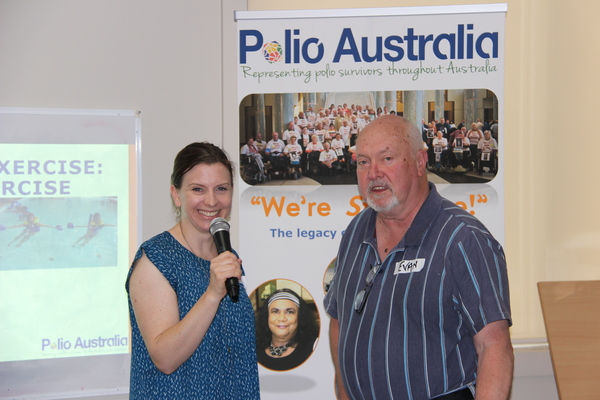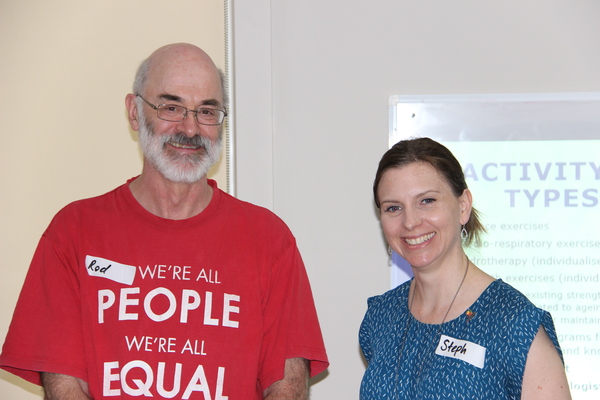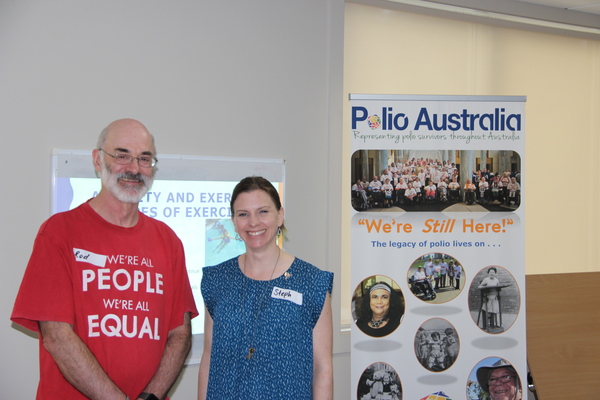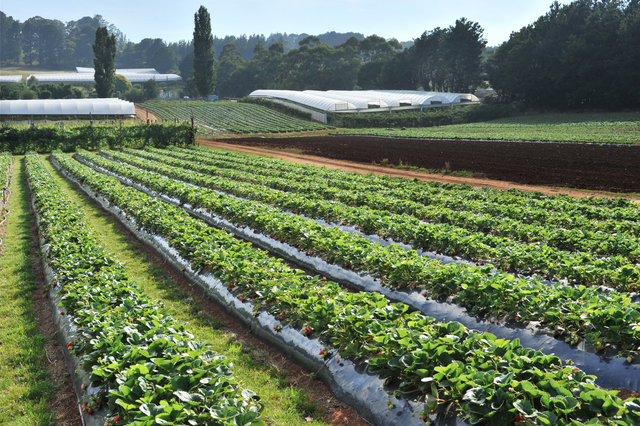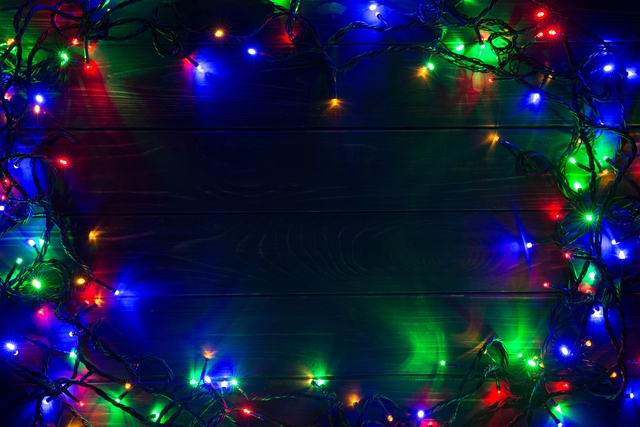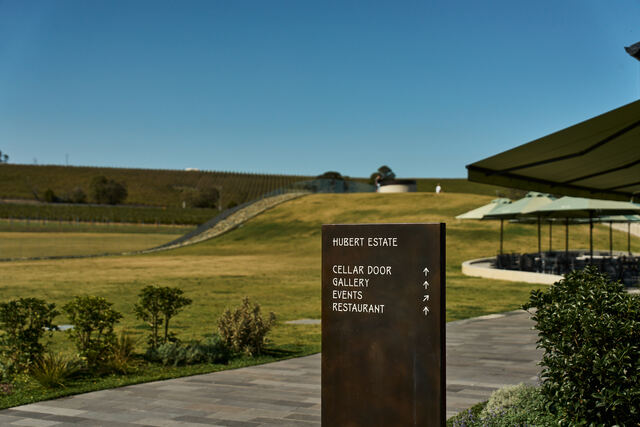In the last 20 years polio has been all but eradicated globally and today is prevalent in only two countries, Pakistan and Afghanistan.
It was last detected in Australia in 1999 but there are now 400,000 polio survivors living in Australia with the Late Effects of Polio (LeOP). More concerning is that there are many people who are completely unaware of the impact LeOP may be having on their lives.
As part of a national education program on LeOP, Polio Australia held an information session in Healesville on Tuesday 13 November. The session was presented by Steph Cantrill, Polio Community Manager (Vic) from Polio Australia.
“There are a range of symptoms, many of which are often confused with premature ageing, that may not appear until 30 years or so after initially contracting polio,” she said.
The insidious nature of polio means that sufferers can recover from the initial infection, have a period of 15 to 30 years of relative stability and then be hit with these late effects.
Ms Cantrill described the condition “as a gradual or abrupt onset of new weakness in polio affected muscles, often accompanied by generalised fatigue, decreased endurance and joint and muscle pain.”
“An important first step is to find a health practitioner who is polio aware and has experience of treating polio or other neurological conditions. You need to go the Register of Health Professionals to find someone who can help you.
“Muscles that have been weakened by the original polio infection will continue to get weaker and it will happen faster than for non-polio affected muscles.
“Many of these symptoms may be confused with premature ageing, especially if the person was unaware of having been infected with polio some years beforehand.”
This is where the connection between aging and LeEP becomes more problematic. With polio-affected muscles already depleted and non-affected muscles depleting through aging by up to 50 percent, it is easy to see sufferers dismissing symptoms with ‘Im just getting old.’
“Polio survivors need to be prepared for what might be coming and be proactive about managing their wellbeing. You need to give your health practitioners a good honest picture of what you are doing and what works best for you.
“When talking to professionals describe your worst day, why you don’t do activities and what is a struggle for you. Just because you have found a way to get by doesn’t mean it’s okay.
“The advice is that Polio survivors can help them themselves by ‘listening’ to their bodies and ‘pacing’ their activities. With time, survivors can learn when to stop before they become over fatigued.
“Now is now, so don’t live in the past and don’t be stubborn, it will make the present more difficult. You need to pace yourself and learn to stop doing something before you get to the exhaustion stage.
“Pain management is important and good sleep is also vital. If you have a problem in these areas find someone who knows what they are talking about.”
Healesville polio survivor Rod Hysted, contracted the disease at the age of 7 in 1964. He said that he has learnt about LeOP and is alert to the symptoms.
“I was already aware of LeOP as my mothers best friend suffered from it years ago,” he said. “My polio journey was that basically I got sick when I was a kid and spent a year in the Lady Dugan Children’s Home.
“After I went home in 1965 I got better but it has always been a bit of a struggle since then. Half of the neurons are affected and the other half are ageing, whereas in the non-polio population they have the full 100 percent to age.
“Polio survivors are looking at half of a half or just 25 percent to carry the load. You have to be careful about not damaging those 50% you have left or you can do serious damage that can’t be reversed.”
“My advice is to get help early and don’t wait until you really need help urgently, nothing happens quickly in this sector. Don’t wait until you need help, get it while you still can.”
Polio Australia can be contacted at www.polioaustralia.org.au or 9016 7678.

